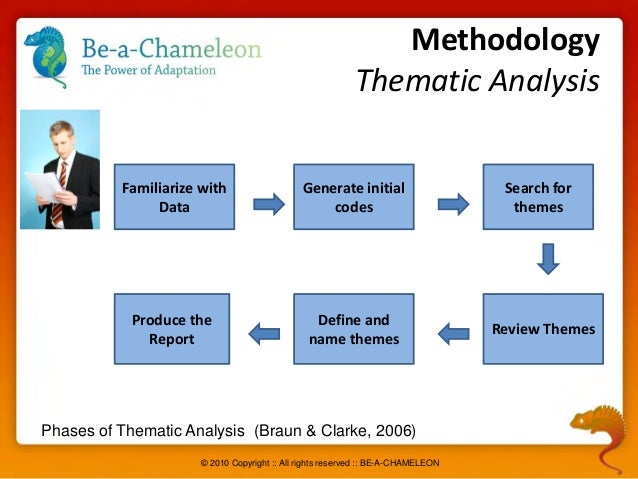untuk mulanya satu fasa
 |
| Nota: Hiasan (Pinjam di Kedai) |
moga fasa ke depan
enak dan damai.
-masih di situ-

 |
| Warna beda dengan saiz yang seragam |
"The diary used to provide a chronology of the researcher’s thinking and experiences throughout a study should provide a detailed record of the research process, from design, data collection and analysis to writing up and presenting the study (Robson 2011). This type of research diary is especially useful when conducting a literature review, either as part of a research investigation or as a standalone piece of research. It is essential to maintain a detailed diary of all actions and decisions to ensure a systematic approach to the literature review. The diary may be in the form of a narrative describing what was done, or in the form of notes on the databases accessed, libraries searched, keywords used, problems encountered, contacts made and outcomes of the discussions and communications that took place. In particular, it is useful to record observations during reflective thinking or brainstorming sessions."